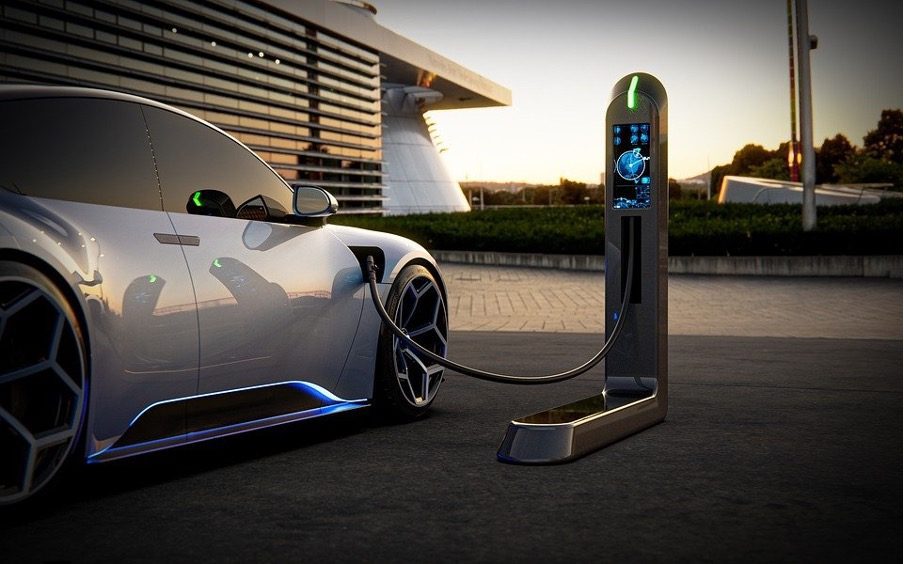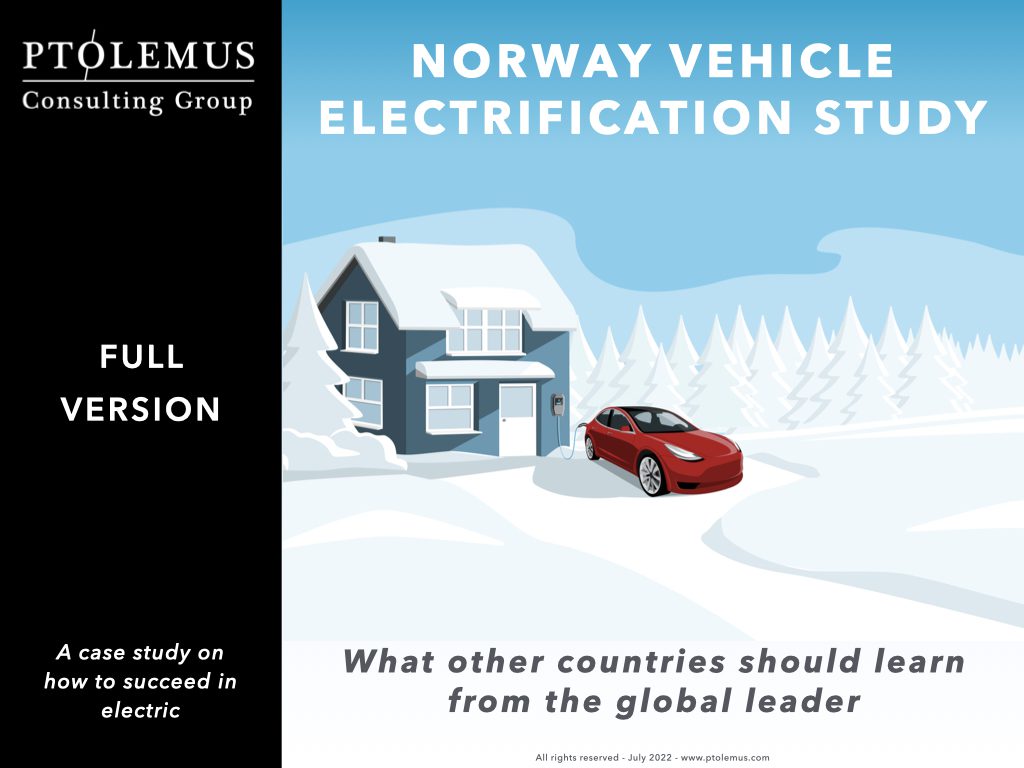Purchase price of EVs remains a paramount challenge for OEMs

The sale of electric vehicles (EVs) has ascended in the recent era as sales doubled in 2021 (9% of the total car sales) in comparison to 2020. The impressive soaring of EV sales is mainly due to government support in the form of subsidies, incentives, low taxes and exemptions. Companies such as Tesla have also introduced EV models with enhanced features such as long-range and low charging time, making ownership more convenient. Despite, high sales it is expected that the EV sector will face considerable purchase price challenges.
Current factors affecting purchase price of EVs
In the last few years, the shortage of labour (due to COVID) and material (scarcity of semi-conductors) have increased the purchase price of EVs.  The battery market has also shown signs of an increase in cost from 2021 after a decade of price recession. This increase in battery price is mainly being caused by exponential demand for important minerals and a disrupted supply chain due to the Russia-Ukraine war.
The battery market has also shown signs of an increase in cost from 2021 after a decade of price recession. This increase in battery price is mainly being caused by exponential demand for important minerals and a disrupted supply chain due to the Russia-Ukraine war.
As well, the Chinese government (one of the largest EV consumers in the world) has indicated a reduction in subsidies due to market maturation which will impact consumer demand. We can expect other mature markets of EVs, such as Norway, to follow this lead.
It is anticipated that the price of EVs in the coming years will increase due to the high number of luxury models and technically advanced features being introduced by OEMs
Since 2012, battery prices have fallen by 80%. Still, the price of EVs has risen by 80% in the US. OEMs are introducing bigger and better batteries to improve the range of EVs. Research is being augmented to come up with improved architecture and physics of batteries.
Tesla removed the tabs between cells and now use the shingled designed cells. Tesla claims this will improve manufacturing efficiency and improve the driving range. OEMs are also aiming at solid state batteries that would have better drive range and lower charging time.
OEMs are also introducing high-tech luxury and safety features in their vehicles such as auto-pilot, advanced safety features and sophisticated software. These features make new models considerably more expensive than their previous versions. Companies such as Tesla and Rivian have increased their price by 20% in comparison to 2021.
What the future holds for EV pricing
We can expect that EVs are entering a volatile demand-supply stage which will affect the purchase price. The demand-supply gap and increasing prices of important elements would further shape the price of EVs. A detailed study of supply-demand issues can identify important disruptive components.
Firstly, the price of lithium-Ion battery elements has increased. From 2020 to today, cobalt has increased from $30,000 to $80,000. Nickel on the other hand has increased from $20,000 to $80,000 since 2020.
There are other battery options such as lithium iron phosphate batteries which avoid these expensive minerals. Tesla has already switched to lithium iron phosphate batteries for the basic Model 3 being sold in Europe. However, the shift to other cheap battery options may counter the effect of the expensive lithium-ion batteries creating price volatility in the battery market.
Secondly, unexpected material shortage could also alter the supply and affect the price of EVs. For example, the semi-conductors’ shortage has impacted the supply of EVs significantly. There were 35% less cars produced by Volkswagen due to this shortage. Some OEMs are targeting alternatives to silicon which is an important element of semiconductors. However, alternatives such as GaN (gallium nitride) and SiC (silicon carbon) could be more expensive and actually increase the cost of EV production.
We can understand that OEMs face considerable purchase price challenges due to the shift in technology and uncontrolled geo-political events. While alternatives are being investigated and trialed, these will likely not decrease purchase prices of EVs in the near-term.

